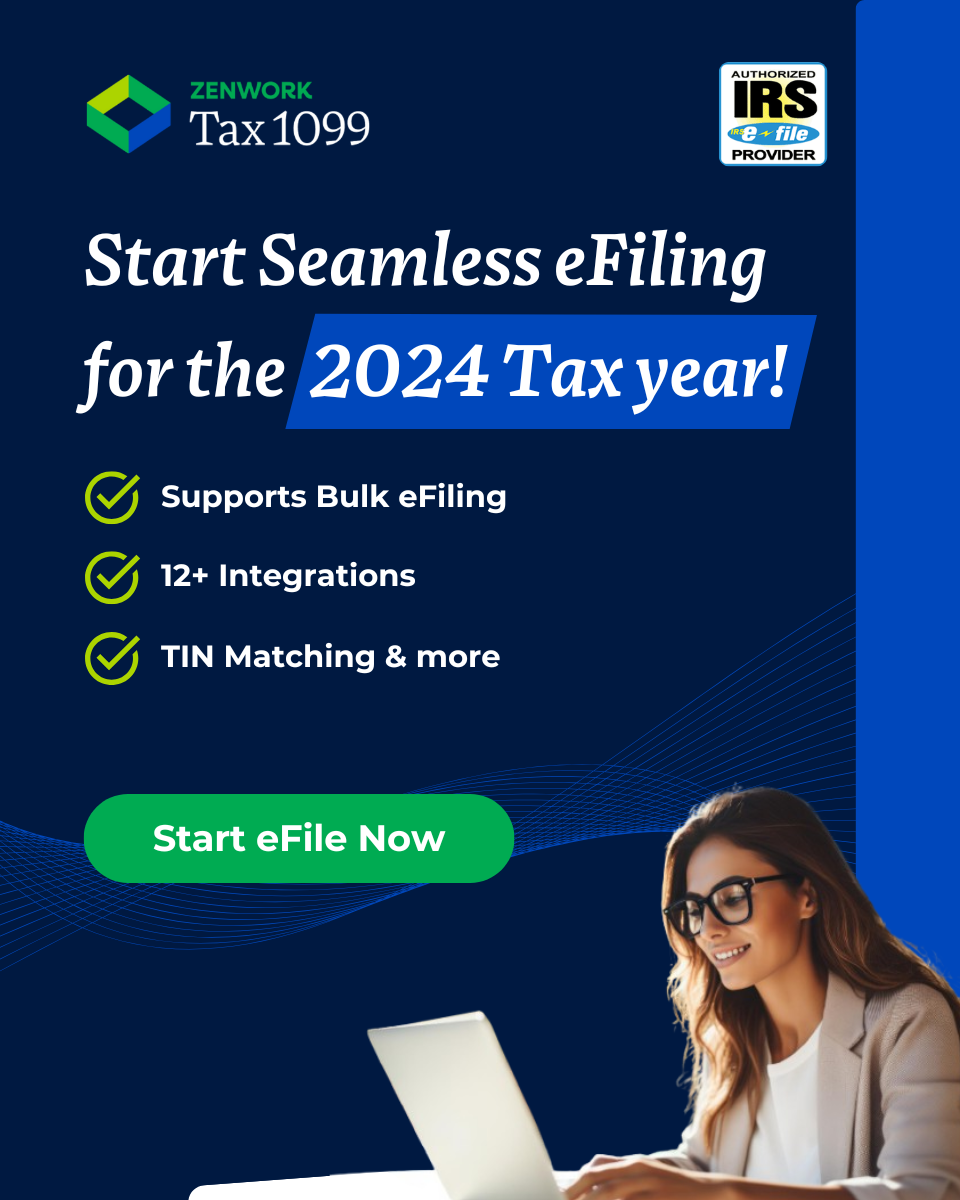The IRS has updated its filing procedures, implementing new regulations that mandate electronic filing for various returns. Under the Taxpayer First Act, this change lowers the threshold to only 10 returns annually, effective from 2024.
IRS has shaken things up with how we file taxes. The new regulation, known as Treasury Decision 9972, requires electronic filing for a wide range of returns and documents. This move is part of the Taxpayer First Act of 2019, which is all about making things more digital to simplify and speed up the process.
The new e-filing requirements apply to distinct types of returns, such as employment tax returns, information returns like Forms 1099-series and W-2, and Affordable Care Act Forms 1094 and 1095-C. Significantly, they reduce the minimum number of returns required for electronic filing from over 250 to just 10 per calendar year, commencing in 2024.
Understanding the New Regulation
This amendment implies that organizations filing ten (10) or more returns collectively will now be mandated to file electronically. It is important to note that this threshold of ten returns does not apply to employment tax returns like Forms 940 and 941; they remain exempt from this requirement. Under the new rules, you must put together different kinds of returns to see if you go over the limit of 10 returns. This is different from before when each type of return was looked at separately.
For instance, an organization previously submitting 200 Forms W-2 and 200 Forms 1099 would not have been obligated to e-file since neither type exceeded the 250-return threshold. However, under the new regulations, such an organization must e-file because the total number of returns exceeds the 10-return threshold.
The final regulations reflect changes made by the Taxpayer First Act (TFA) to increase e-filing without overburdening taxpayers.
- The final regulations decrease the previous 250-return threshold, now mandating e-filing for those filing 10 or more returns annually. Additionally, new regulations introduce e-filing requirements for certain previously exempt returns and documents.
- Filers must aggregate nearly all covered information return types to determine if they meet the 10-return threshold for e-filing. Previous regulations assessed the 250-return threshold separately for each type of information return.
- The exception allowing income tax returns of corporations with total assets under $10 million to avoid e-filing is removed.
- Partnerships with over 100 partners and those required to file at least 10 returns in a calendar year must e-file their information returns and partnership return.
Expanded Coverage:
The new rule encompasses a diverse range of forms, including Forms 1042-S, all 1099 series, Forms 3921, 3922, the 5498-series, 8027, W-2G, and variations for U.S. territories, among others.
The IRS offers explicit examples to demonstrate the application of the aggregation rule, ensuring organizations comprehend their filing responsibilities.
For returns due in 2024, the electronic filing threshold is reduced to 10, marking a substantial decrease from the previous threshold of 250 returns applicable in 2022 and 2023. This adjustment highlights the IRS’s dedication to utilizing technology for more streamlined tax administration processes.
Corrected Information Returns:
Returns of Corrected information must be filed in the same manner as the original submissions. If an organization has filed electronically, correction forms must also be submitted electronically.
Navigate Penalties
Failure to comply with the electronic filing mandate can result in significant penalties as outlined in IRC Section 6721. It is essential to grasp and comply with the new requirements to avoid these penalties.
Ensuring timely preparation and submission of the required 1099 forms to the IRS is crucial to evade substantial penalties linked with late submissions or inaccuracies. Below is a table of the 1099 due dates for TY 2023 (due in 2024) detailing the deadlines for electronically submitting these forms to the IRS.
| IRS Forms | E-Filing to IRS |
| 1099 NEC | January 31, 2024 |
| 1099-MISC (No Data in Boxes 8 or 10) | April 1, 2024 |
| 1099-MISC (With Data in Boxes 8 or 10) | April 1, 2024 |
| 1099-B & 1099-S | April 1, 2024 |
| 1099-INT | April 1, 2024 |
| 1099-DIV | April 1, 2024 |
| 1099-R | April 1, 2024 |
To know more about the 1099 Due Dates and Penalties for missing the deadline, follow our blog.
E-File with Tax1099
Tax1099 offers tax information reporting and regulatory compliance services for businesses of all sizes. From obtaining Taxpayer Identification Numbers (TINs) through W-9 forms to scheduling eFiles, Tax1099 handles every step. Tax1099’s technology-driven solutions enable you to onboard customers confidently. Our reliable identity verification tools, supported by source records, streamline the process of validating customer profiles and establishing an internal framework for risk assessment. But it doesn’t stop there. Tax1099 also ensures compliance with regulatory requirements, verifies various customer and tax data, and facilitates e-filing of IRS forms as needed.
Also, could u add this content after the subheading and before the steps?
Step 1: Create Your Tax1099 Account:
Sign up or login on Tax1099 and select the form you want to file.
Step 2: Enter Information:
Go to the dashboard and select the Form you want to eFile, and enter all the details.
Step 3: Submit Form to IRS:
Review the entered information for accuracy, then submit the forms electronically to the IRS.



